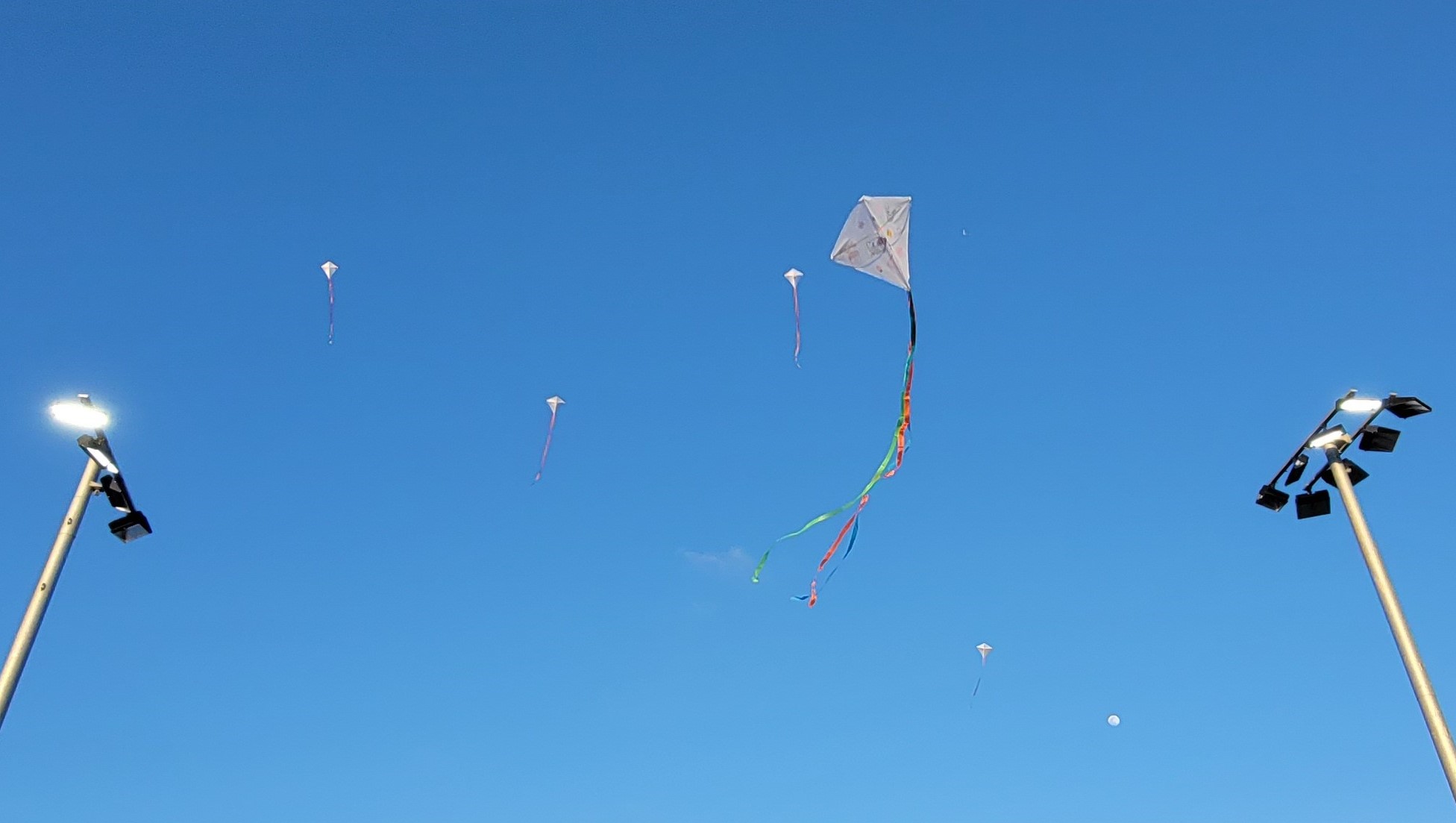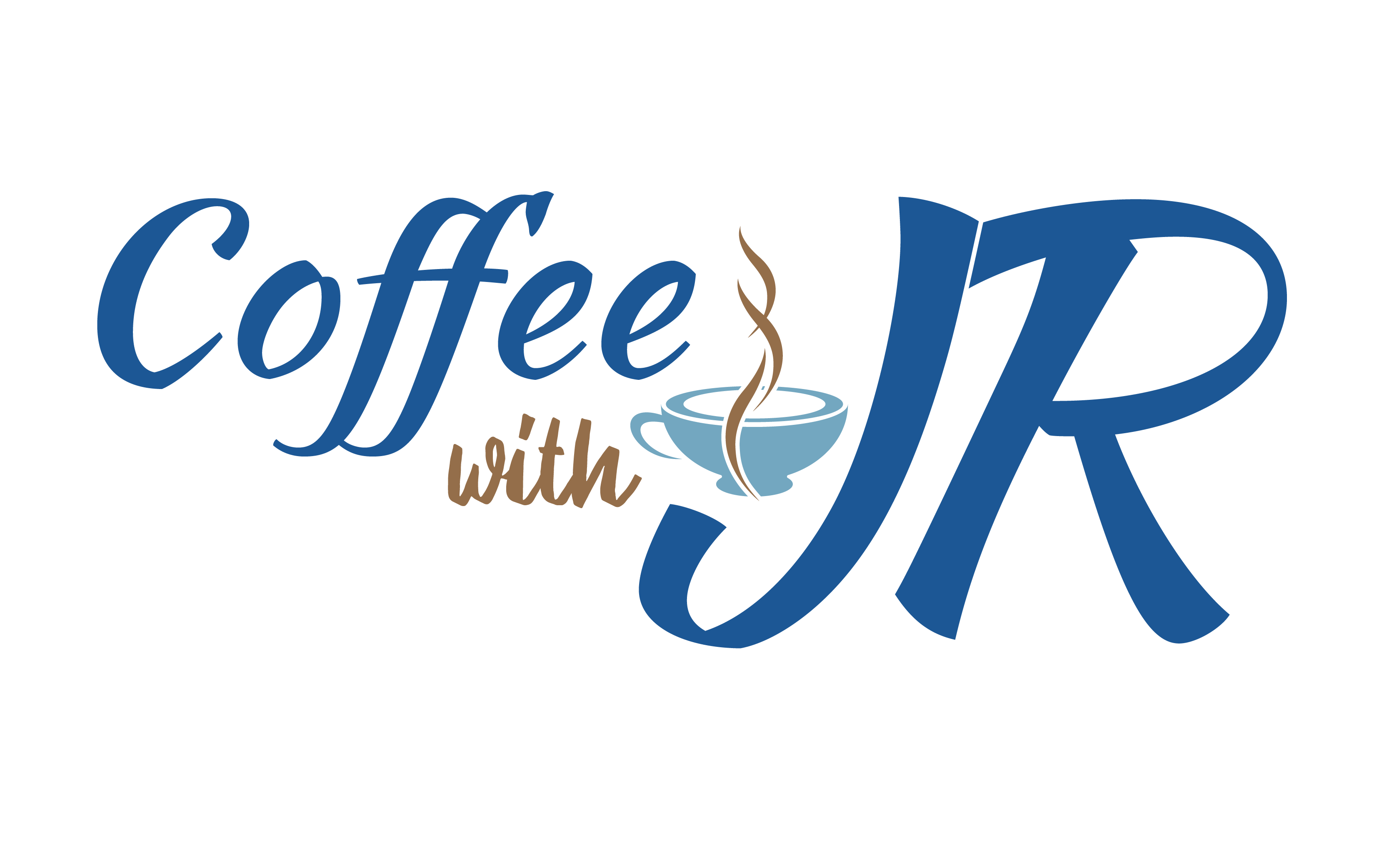
COMPASSION/EMPATHY
Back in February, through the just keep living foundation, I facilitated a mental wellness workshop at Venice High School in Los Angeles. Using blank kites, I asked the students to draw things on them that gave them joy and hope. After drawing, we all circled up, and I invited the students to share what they painted. One student volunteered. He had drawn Batman. I asked him why Batman? At first, his answer was generic, “Batman is cool and I love his gadgets.” As I followed up with a few more questions, he opened up and said – this is a paraphrase – “Batman endured tremendous loss, came out on the other side, and decided to use his privilege and power to help people. I don’t have a good life now, but I want to be like Batman, so I can help people who have suffered like me in the future.” I was blown away by his response. I literally stood there speechless for a few seconds. Almost half a year later, this story still lives in my mind rent-free.
We have all heard the saying, “Poor people are the most generous.” Back in 2010, NPR reported that “lower-class people…were inclined to give away 44 percent more” than people who self-identified as richer. The article explained further why people give, “It’s really compassionate feelings that exist among the lower class that’s seen to provoke these higher levels of altruism and generosity toward other people.”
I often reflect on and wonder about these “compassionate feelings” people are talking about. Why do certain people have more compassionate feelings than others? Are we born with these compassionate feelings, do we need to develop them like building up physical muscles, or is it somewhere in between? If humans need to learn to grow compassionate feelings, then how?
Through the Storytelling Theater Project, I have met dozens of amazing individuals working in various Asian American communities. These individuals are social workers, community organizers, case workers, and general staff at various nonprofit organizations. They are filling gaps and providing crucial services that are often lacking in Asian immigrant communities. Examples of these services include after-school programs for newly arrived high school immigrants, support for victims of domestic violence, assistance for those struggling with substance abuse, help for elders experiencing isolation and loneliness, financial support for struggling families, and educational support for immigrants and refugees. These individuals dwell in or live close to the communities where they work. Oftentimes, there is no separation between their personal lives and their work in the community. Many of these people embody compassionate feelings, and they truly inspire me
Personally, I don’t consider myself a compassionate person. I am nice and polite, but that doesn’t mean I like everyone. In fact, I have a lot of biases and prejudices toward different people. For example, I am a fast walker. I can’t stand slower walkers, especially in airports and when walking Lola.
Yes, the type of work I do involves helping others in the areas of mental health and overall wellness. I hope that my openness about my mental health and depression will help other men feel less alone and inspire them to be more open about their mental health struggles. I am extremely grateful and happy that my work brings joy and hope to others. At the same time, I have been transparent about my intentions. I am a mental health speaker because I love it, and I can’t see myself doing any other type of work. I need it for my mental health. Thus, I can’t regard myself as being truly altruistic.
Instead, the word/principle I have been practicing, continuing to better myself, is Empathy. The Oxford Dictionary defines empathy as “the ability to understand and share the feelings of another.” Personally, I have experienced various past traumas. A majority of people have experienced at least one form of trauma in their lives. So, I practice building up my empathy by putting myself in other people’s shoes and trying to truly hear their experiences. Oftentimes, their stories can be very different from mine, but deep down, behind their stories, we all struggle with some form of anguish, pain, loss, and fear. By connecting through these genuine emotional experiences, I feel connected to them and to humanity overall.
Another component of empathy that I have been practicing is compassion for oneself. Like many people, I am really hard and mean to myself. The voices in my head repeatedly say, “I am not good enough,” “I am such a failure,” and “I hate myself and my life.” These negative thoughts are constantly loud in my mind. I often wonder if the reason I am not sensing compassionate feelings toward others is because I have been spiteful to myself. So, the first step to developing compassionate feelings is to learn to love oneself.
After the students shared their drawings on their kites, we all went outside to the school field and flew the kites. The moment the kites started flying in the sky, excitement and happiness shone from the students’ faces. It was priceless to witness their joy. Just as there is no limit to the sky, joy and hope are limitless too.
Photo taken at Venice High School while students were flying the kites.

Recent Comments